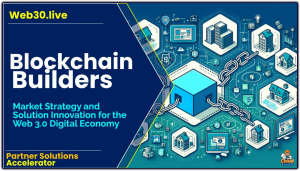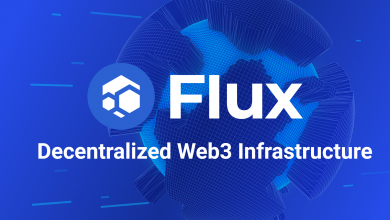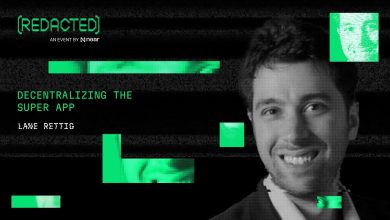Exploring Blockchain Tokenization and Digital Assets
Tokenization involves representing assets as digital tokens on a blockchain network. These tokens are programmable and can represent various types of assets such as real estate, stocks, commodities, or even art.
 In the world of blockchain technology, the concept of tokenization has gained significant attention. Tokenization refers to the process of converting real-world assets into digital tokens on a blockchain.
In the world of blockchain technology, the concept of tokenization has gained significant attention. Tokenization refers to the process of converting real-world assets into digital tokens on a blockchain.
These tokens represent ownership of the underlying asset and can be traded or transferred securely using blockchain technology.
Alongside tokenization, digital assets play a crucial role in the blockchain ecosystem. Let’s delve deeper into these concepts to understand their significance.
Understanding Tokenization
Tokenization involves representing assets as digital tokens on a blockchain network. These tokens are programmable and can represent various types of assets such as real estate, stocks, commodities, or even art. By tokenizing assets, traditional barriers to asset ownership and transfer are eliminated, making transactions more efficient and transparent.
Key Aspects of Tokenization:
- Immutability: Once a digital asset is tokenized on a blockchain, its ownership and transaction history are recorded immutably.
- Divisibility: Digital tokens can be divided into smaller units, allowing for fractional ownership of assets.
- Interoperability: Tokens can be easily transferred and traded across different blockchain networks.
Transparency: Blockchain technology ensures transparency in asset ownership and transactions.
What Are Digital Assets?
Digital assets are any form of value that exists in a digital form. These assets can be tokenized and traded on blockchain networks. Examples of digital assets include cryptocurrencies like Bitcoin and Ethereum, tokenized securities, non-fungible tokens (NFTs), and stablecoins.
Types of Digital Assets
- Cryptocurrencies: Digital currencies that operate on blockchain networks and can be used for transactions and investments.
- Tokenized Securities: Traditional financial securities such as stocks and bonds represented as digital tokens.
- Non-Fungible Tokens (NFTs): Unique digital assets that represent ownership of digital art, collectibles, or other unique items.
- Stablecoins: Digital assets pegged to stable assets like fiat currencies to minimize price volatility.
Benefits of Digital Assets: - Global Accessibility: Digital assets can be accessed and traded globally, enabling borderless transactions.
- Efficiency: Blockchain technology streamlines the issuance, transfer, and tracking of digital assets.
- Security: Assets stored on a blockchain are secured through cryptographic techniques, reducing the risk of fraud or tampering.
- Liquidity: Digital assets can be easily traded on various exchanges, providing liquidity to asset holders.
As blockchain technology continues to evolve, the tokenization of assets and the proliferation of digital assets are reshaping the financial landscape. Understanding these concepts is essential for navigating the decentralized and digitized future of finance.



